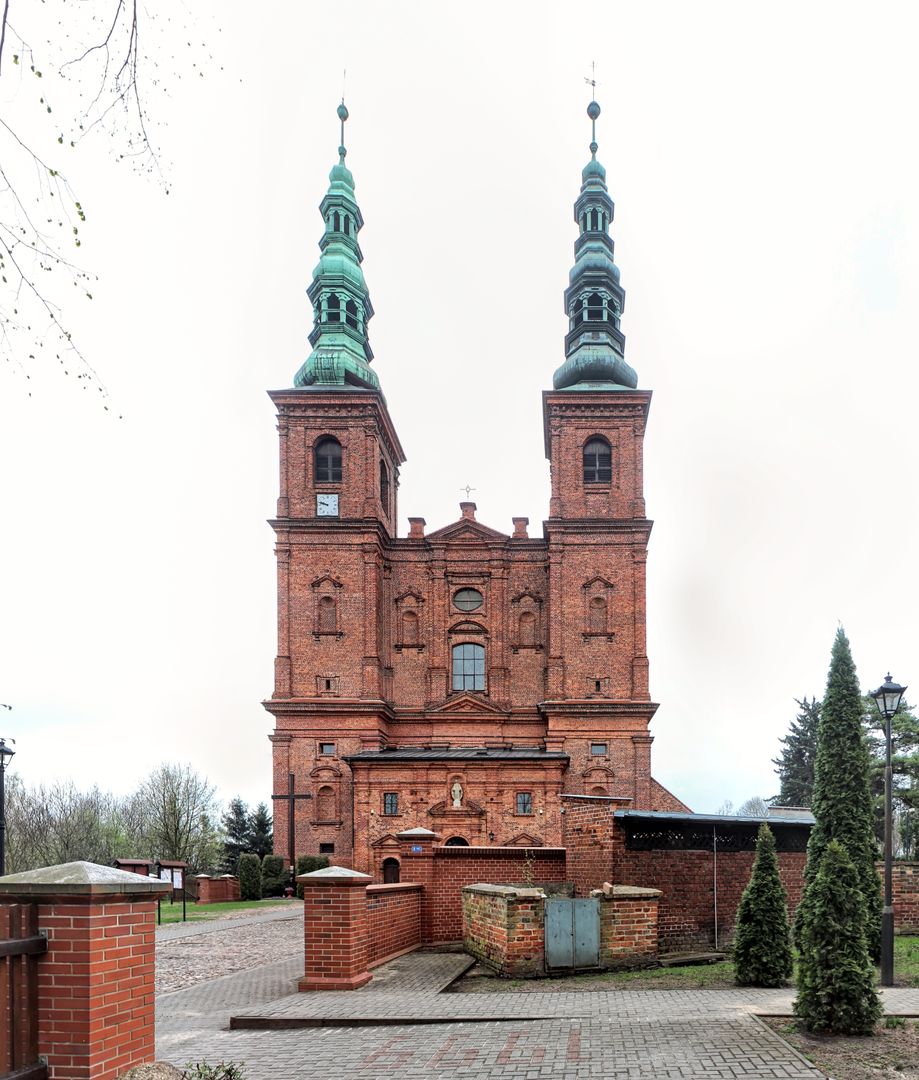Przemęt
6.67

Overview
Przemęt, once a town and now a village in the Greater Poland Voivodeship, is a place with a rich history dating back to the 12th century. Its name derives either from a ford through marshes or the Old Polish name Przemęt, with the first records dating back to 1210. The settlement was an important castellany center, featuring a stronghold and an adjacent settlement. In the 13th century, Przemęt came under the rule of Silesian dukes before returning to Greater Poland. It was established under German law and received town rights in 1406, which were confirmed by King Sigismund I the Old in 1545. Despite periods of growth, the town suffered destruction during wars in the 17th century and lost its town rights in 1797. Przemęt has survived to this day as a village, with preserved architecture including a 17th-century Cistercian monastery complex, the Church of St. Peter and Paul, and the early 19th-century cemetery Church of St. Andrew. The village lies on the Cistercian Trail and the Lily of the Valley Trail, making it attractive for water and hiking tourism. An interesting fact is that Przemęt was one of the oldest centers on the Greater Poland-Silesian border, and its monuments and natural beauty attract tourists, making the village an important point in the region. A local agricultural association also operates here, and since 1975, Przemęt has gained significant importance as the seat of the municipality.
Location
2025 Wizytor | All Rights Reserved